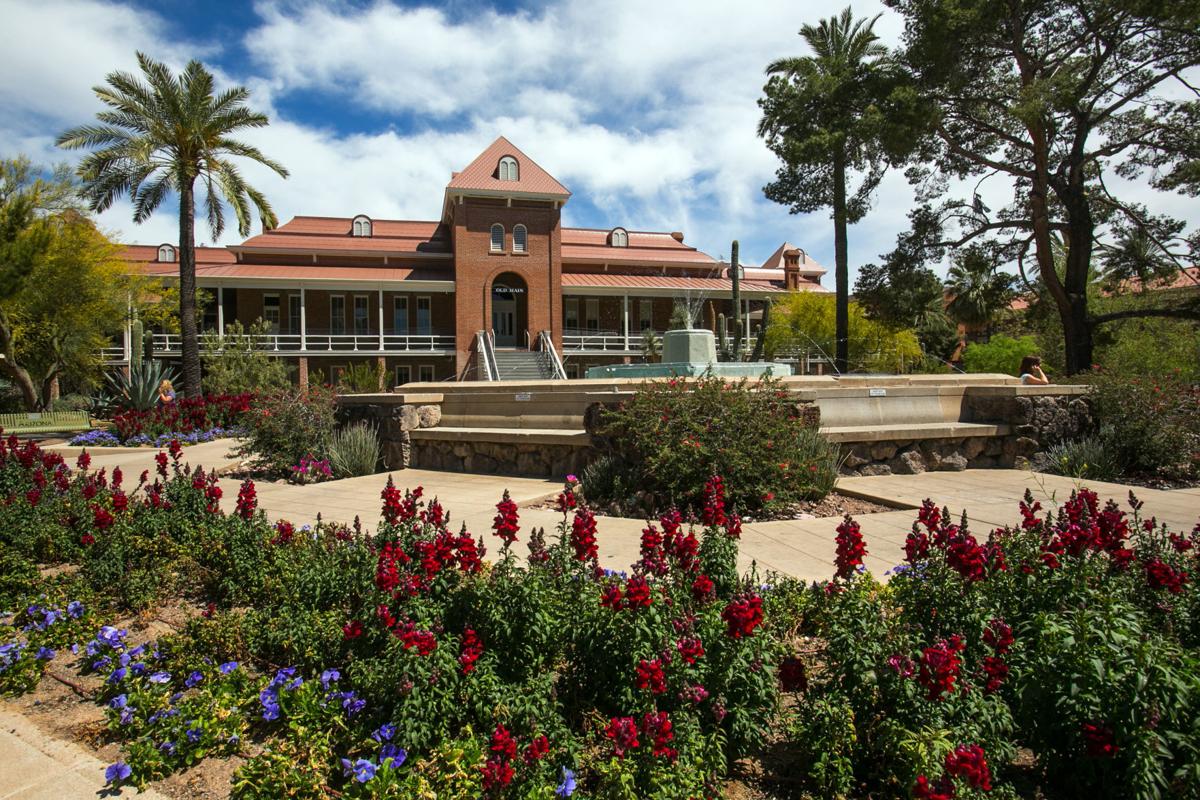As per University of Arizona researchers, spaceflight can weaken an astronaut’s immune system.
Richard Simpson, an associate professor of nutritional sciences, initiated a study that examined what happens to the immune system, specifically white blood cells called natural killer cells, on spaceflights lasting six months or more.
In the study, he found the ability of those white blood cells to function decreased significantly.
The research team focused primarily on natural killer cells because they’re a vital part of the innate immune system that has not been studied thoroughly in terms of spaceflight, according to Simpson.
It should be noted that the human immune system has two main branches, the adaptive system, and the innate system. The adaptive system works slowly but more specifically — it’s the reason vaccines work because the adaptive systems form a “memory” of the pathogen, Simpson said. The innate system works faster but not as specifically — like a fever.
“All of the research on space travel up to this point had been on the adaptive immune system; there wasn’t much on the innate immune system, so that was one of the gaps that NASA wanted to cover,” Simpson said. “Natural killer cells are one of the major innate immune cell types.”
Natural killer cells play vital roles in both battling cancer and viruses. And in space missions, astronauts face a higher risk for both due to the radiation in space and the stress that might trigger the reactivation of latent viruses. Simpson said a latent virus stays in the body permanently after infection, with or without symptoms.
“We’ve seen it consistently in astronauts over the last 20 years that these viruses will reactivate,” Simpson said.
The inefficient function of natural killer cells could cause problems for long-term space travel because a virus or illness that’s manageable on Earth might be debilitating in space.
“If you’re in an environment where you’re exposed to a risk of cancer and then one of your major anti-cancer immune cells is suppressed, then it could be problematic,” Simpson said. “We need to keep the immune system as healthy as we possibly can so the immune system can tackle any cancerous cells that appear in the body.”
As per Simpson’s research, a few weeks after astronauts returned to Earth the function of their natural killer cells returned to normal. As of now, Simpson and his collaborators are working to find out what is causing the role of the natural killer cells to decrease.
“When astronauts are in space, they’re exposed to radiation, microgravity, stress, circadian rhythm problems where the body clock gets messed up,” Simpson said. “For us, it’s about finding out which of these factors is having the biggest impact and then that allows us to try to mitigate that.”
According to Simpson, they’re looking at both biological and pharmaceutical solutions, but it will take time to test those. The team is reportedly working on isolating the cause of the decreased function, using analogs for being in space, like spinning samples of healthy blood to mimic microgravity and seeing if those samples can still kill cancer cells.
“When you embark on a NASA-funded project, it’s usually a three-year project, but when you’re trying to get information from real astronauts, it can take longer. It’s just the nature of how everything works,” Simpson said.
It should be noted that the first major hurdle was just getting the samples. Preteesh Mylabathula, a senior research specialist in the lab, said freezing blood would kill the cells, making sampling from astronauts in space difficult. He added that the solution was carefully timed sampling that coincided with the arrival and departure of the Soyuz space vehicle, used to bring supplies to the International Space Station.
“It’s a logistic nightmare,” Mylabathula said. “People have really struggled to get in-flight samples for studies in the past.”
In addition to the difficulty of getting the blood samples, Mylabathula said another issue they had to work around was the number of people they could actually sample from, as there are only so many people who spend six months or more in space.
“We only had two tubes of blood per person, which is not a lot to work with,” Mylabathula said.
He said, however, blood from people who remain on Earth was used as a control group. As it took the astronauts’ samples about 36 hours to reach the lab from space, the team took samples from the control group on Earth at the same time as the astronauts, and then waited to process those samples until the astronauts’ samples had arrived.
Simpson said with so many logistical obstacles, a central component of this project was collaboration. He had worked with NASA’s Johnson Space Center, Louisiana State University and the University of Houston.
“For any individual project you might have individuals with expertise in immunology, stress biology, psychology, psychiatry, behavioral health,” Simpson said. “You really have to amalgamate experts to address the research problem. Long gone are the days of a very discrete problem that one individual can address.”
